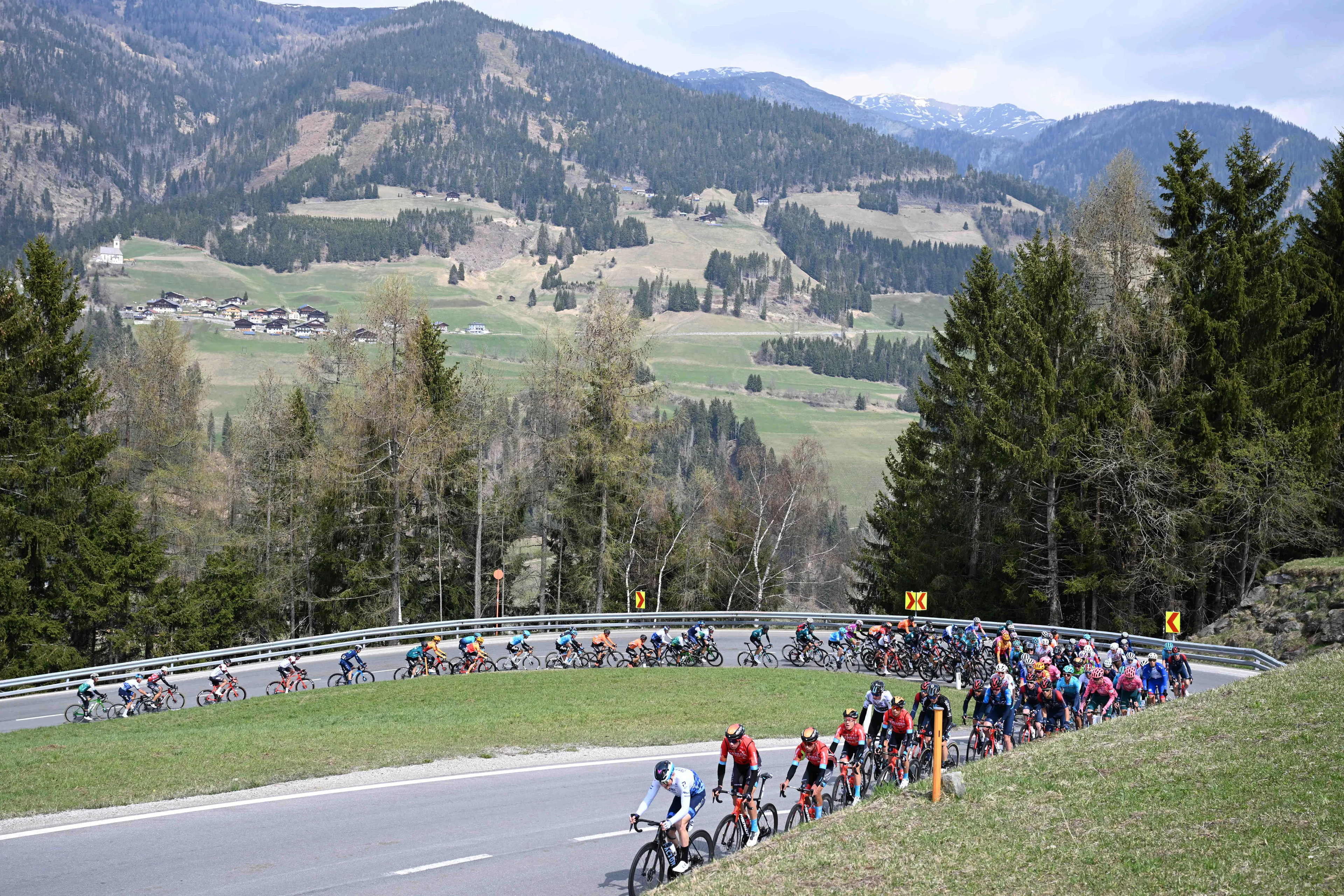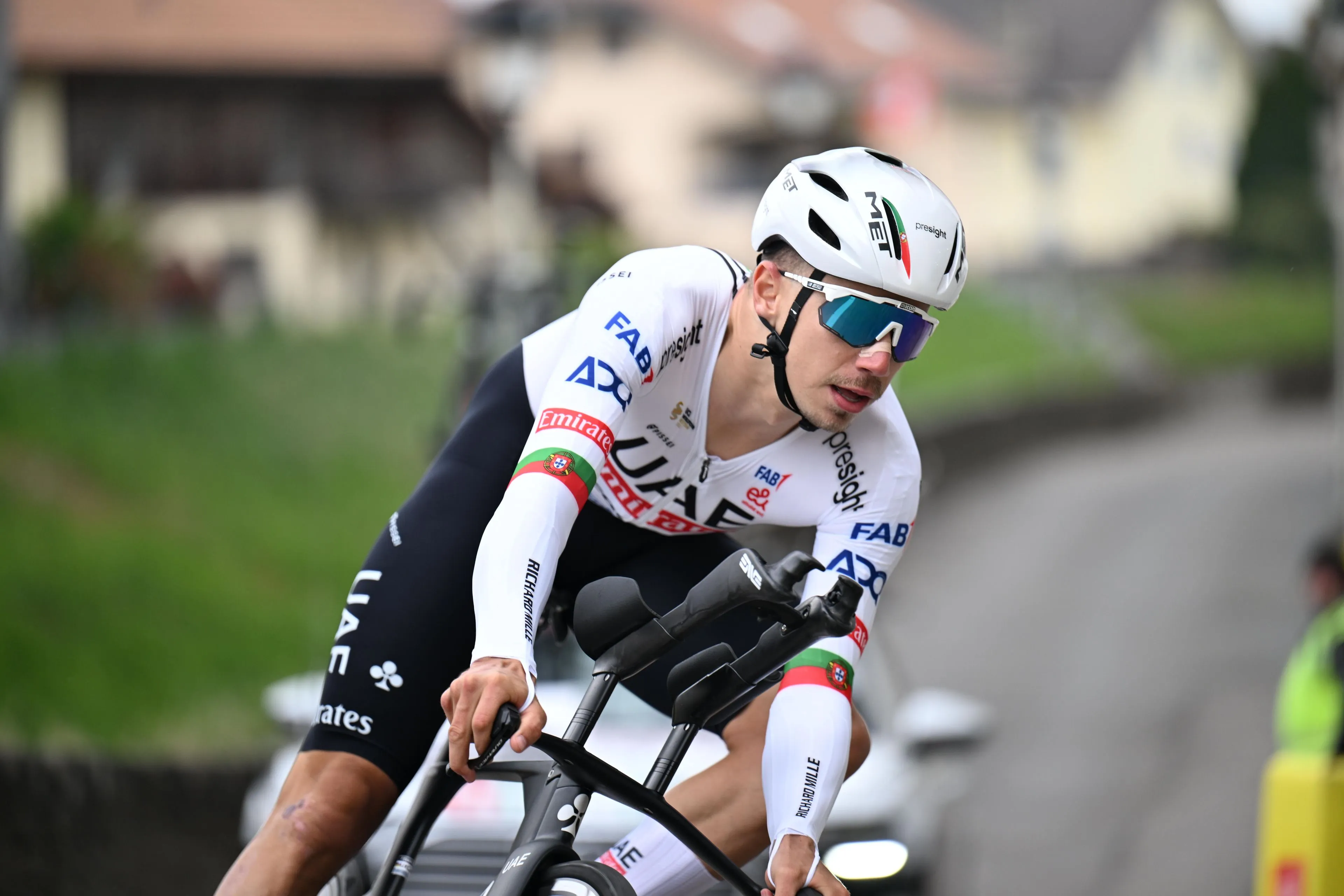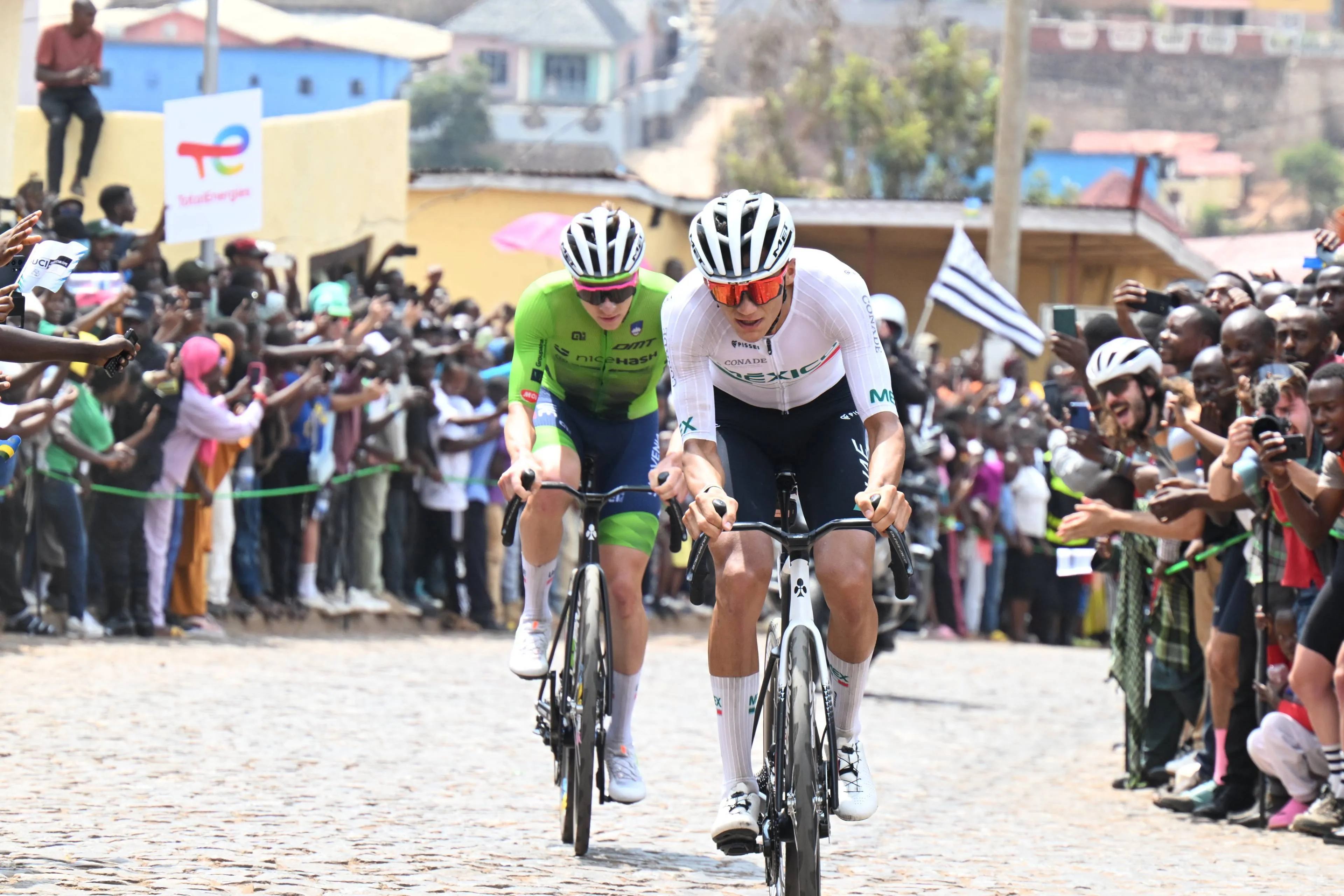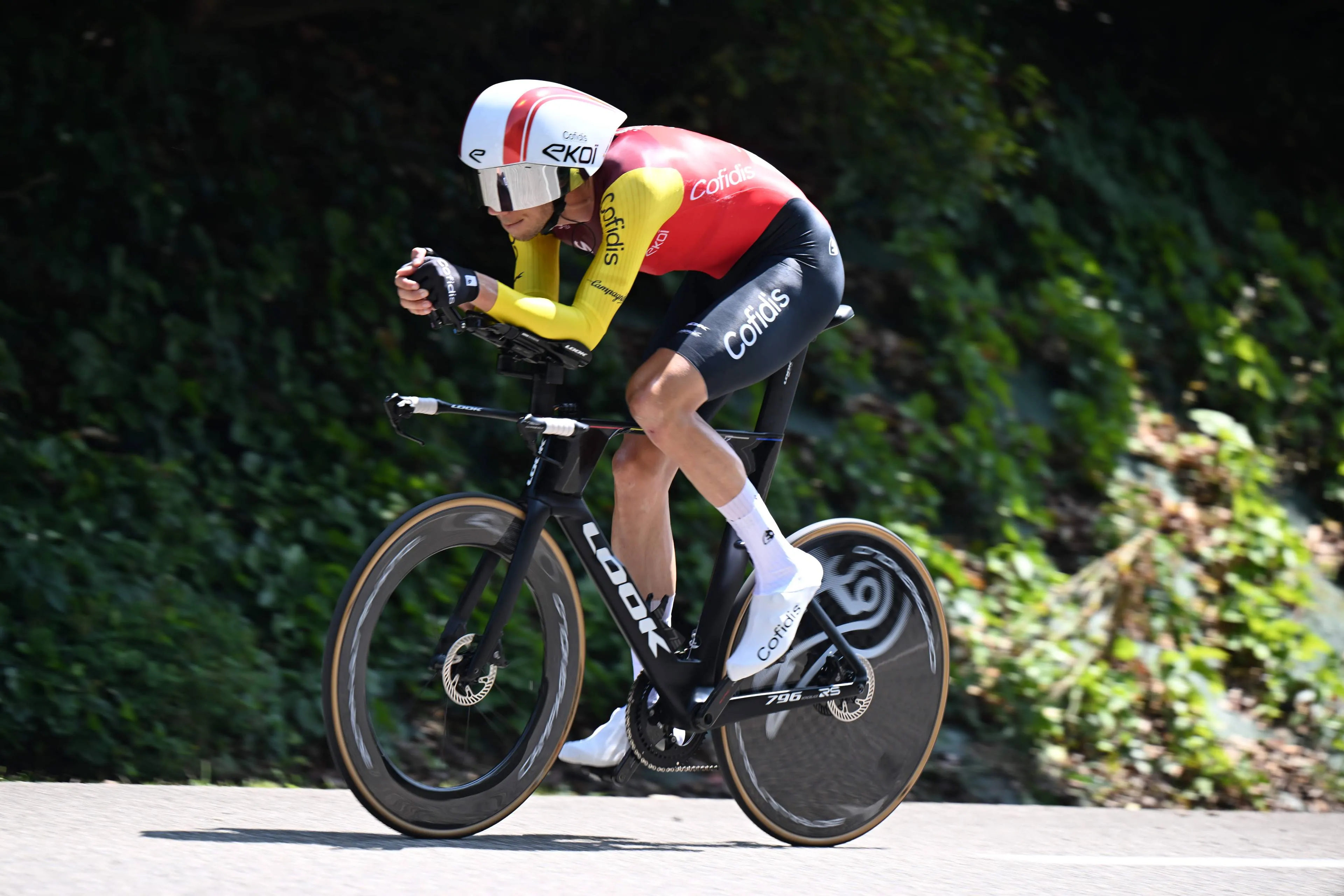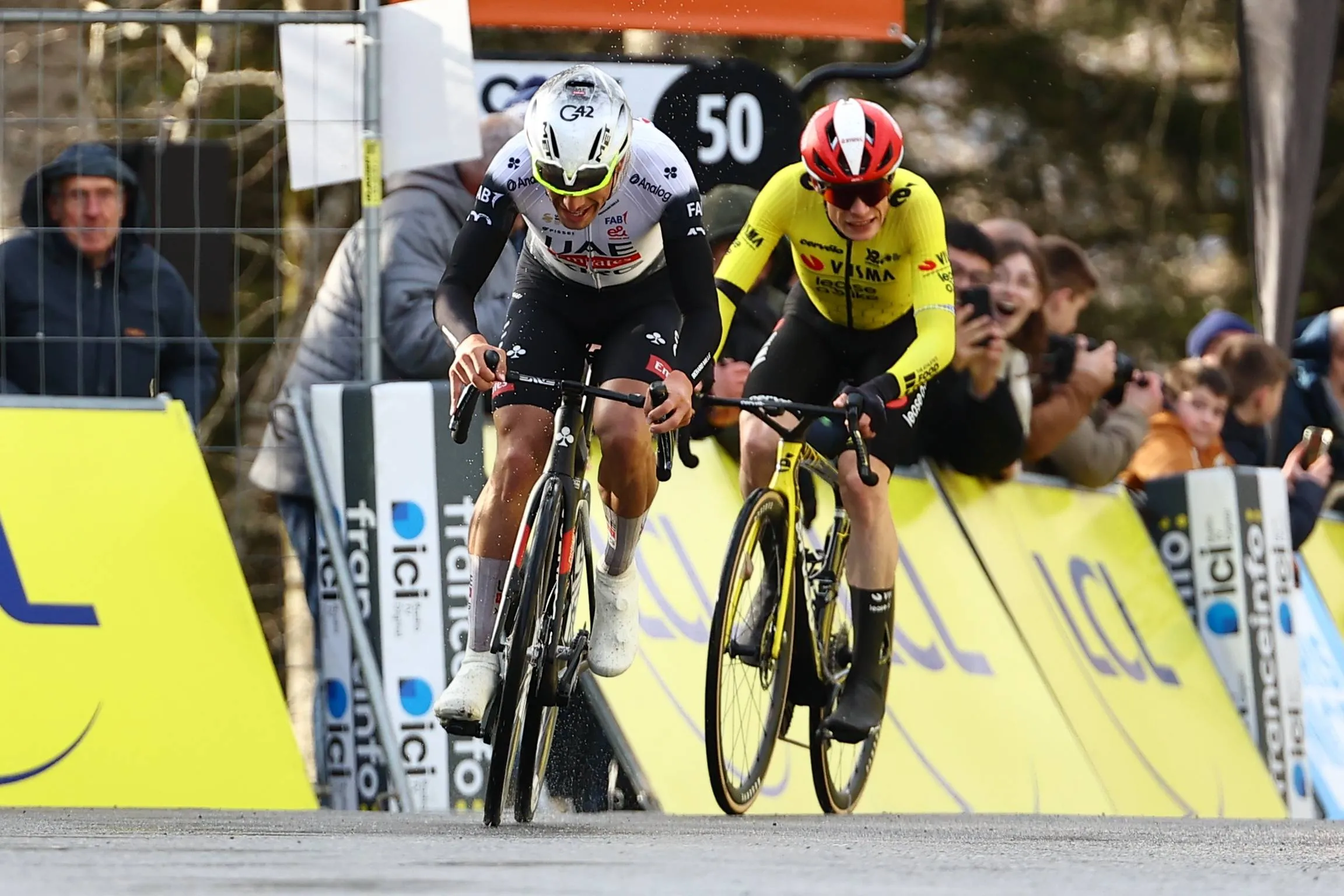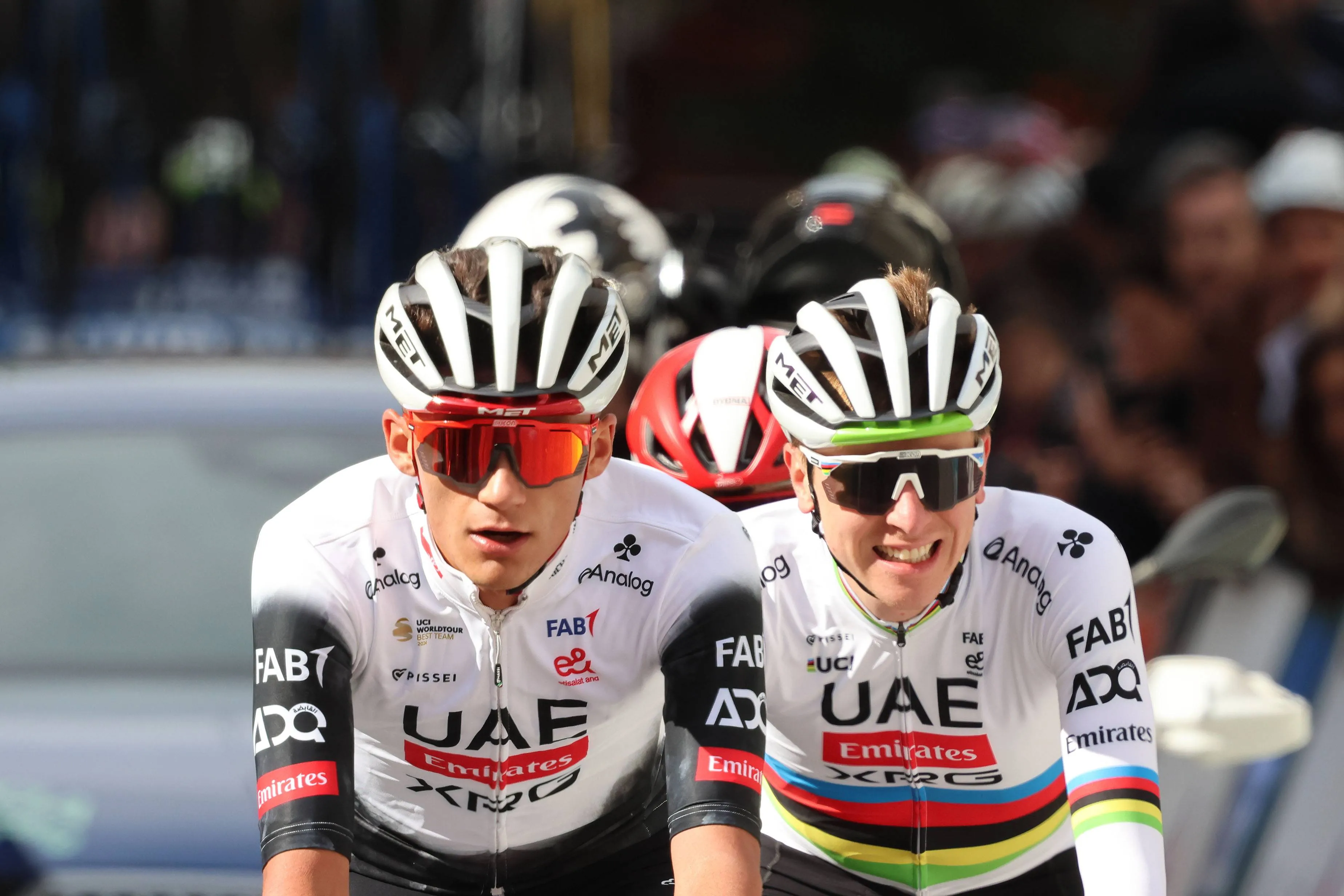"EPO and doping are not going to go away" - Anti-doping expert believes doping is still present in peloton, but is being reduced
CyclingSaturday, 15 October 2022 at 19:00
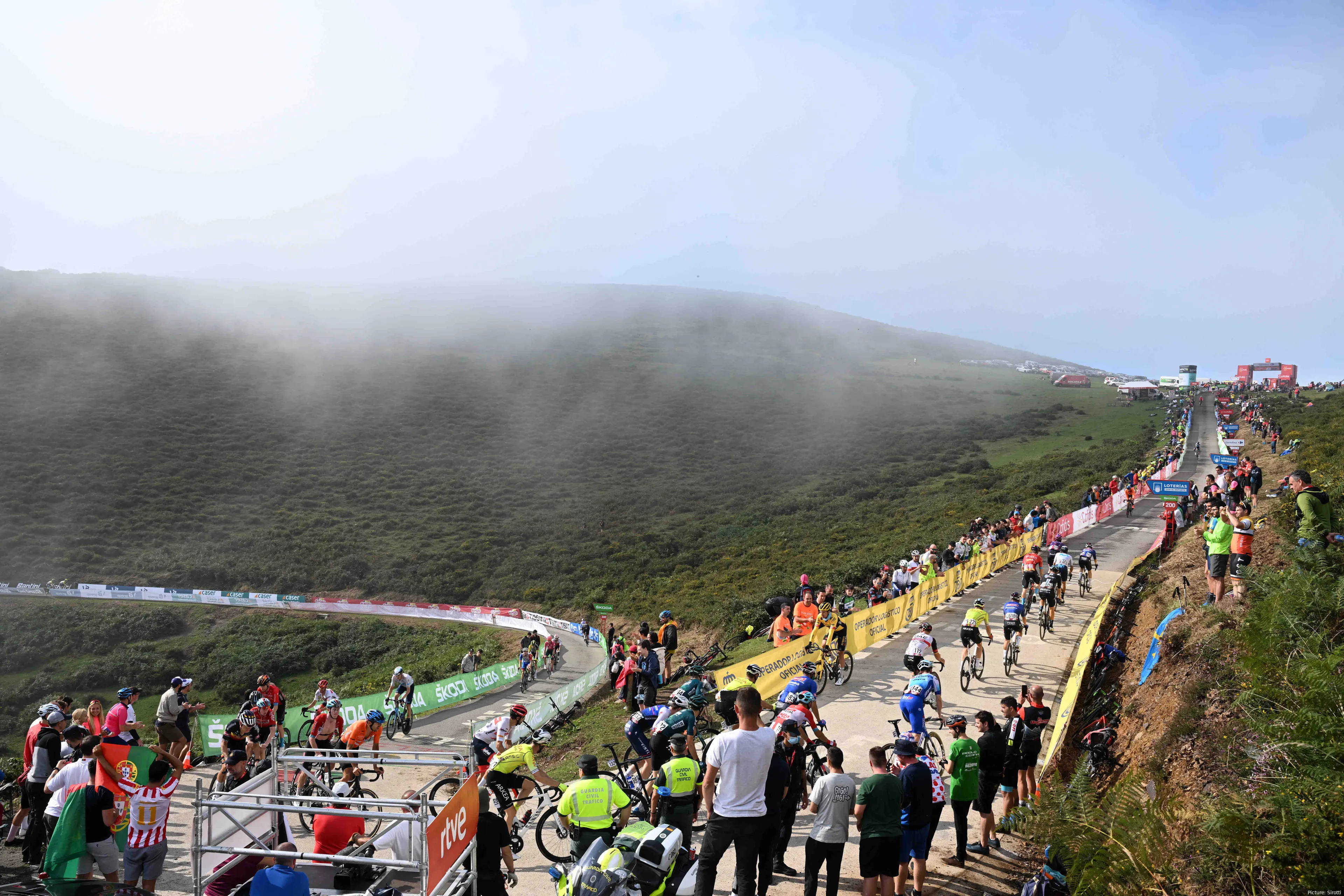
Cycling and doping are, unfortunately, two terms that are quickly associated with each other for the last few decades. Within the UCI, WADA and other forms of regulation however, the efforts are continuous to create new ways to identify it, leading to a continuously cleaner sport as a consequence.
Reikin Aid, director of the Athlete Biological Passport has argued that a new update on the system will be able to better detect prohibited substances. “At present, the ABP is there to detect two main substance classes. The hematological module of the ABP is used to detect blood doping, whether it is transfusion or whether it is EPO. And the steroidal module helps to detect steroid doping and different types of steroids," he said in a recent symposium.
Read also
"We are also launching in 2023, the endocrine module that will target growth hormone doping," he revealed. "To answer the question, EPO and doping are not going to go away. This is something that is very much in use. But if you look at populations that have the passport implemented for a long period of time, the users do go down."
He's argued that although use of doping has not disappeared in the peloton, it is being reduced, partly due to the evolution of the testing systems. "We hope that as athletes reduce doses, it’s reducing the effect. If you have a lower dose of a substance, the effect will be less. So as athletes go to lower doses or micro-doses or reduced timing of the use, that’s a win for anti-doping. It’s not beating the system but having less effect. It’s less effective than their doping program," he continued.
Read also
“...Now, anti-doping organizations have the ability and are authorized to test the athletes 24 hours seven days a week. Earlier, there was a window from 6 am to 10 pm. Because of this very short detection window, there was that adaptation of the code and now is possible, of course with a justification, to test the athlete during the night, for example," he added.
claps 0visitors 0
Just in
Popular news
Latest comments
- Wrong Choice. they cannot reconcile between Pedersen and Milan and Ayuso and Skejlmose, He will be in no man's landabstractengineer14-12-2025
- I like see him compete against Ayuso at Vuelta.
 KerisVroom14-12-2025
KerisVroom14-12-2025 - They'll be the new target for protests, even if Adams isn't involved. Just being tied to that team is a really bad idea. Its probably going to hurt Canyon too.Veganpotter14-12-2025
- He’s done cross before. I bet if he dedicated himself to that he’d start cleaning up.mobk14-12-2025
- 1. No, the team owners want to have reliable money without having to actually perform. 2. It's "creative destruction". It's how things improve. Resources and labor are put to more productive uses. 3. That'd be more likely to happen if you listened to these "cycling is unsustainable" whiners. 4. There are thousands of pro races per year. Some teams are happy with a podium. Everything here is a Non Sequitur. -An Economistacem8214-12-2025
- I appreciate the restraint for sure.mij14-12-2025
- I was thinking the same thing. some of the questions were just terrible.mij14-12-2025
- He could always try some off road racing, where skills play a part, not just his engine. A great road rider, but not a complete all round rider......wipperman9513-12-2025
- As a cyclist, I'm amazed by his capabilities, as a fan I believe he will be considered as the best ever by the time he retires.awp13-12-2025
- While he is a good rider, he is not in the Pogi, Vingegaard, Lipo and others category yet. Can he be? Time will tell but for now he is in a 2nd Tier. And let's not forget guys like Del Torro who very well could be almost if not as good as Pogi in a year or twomd197513-12-2025
Loading
Write a comment
